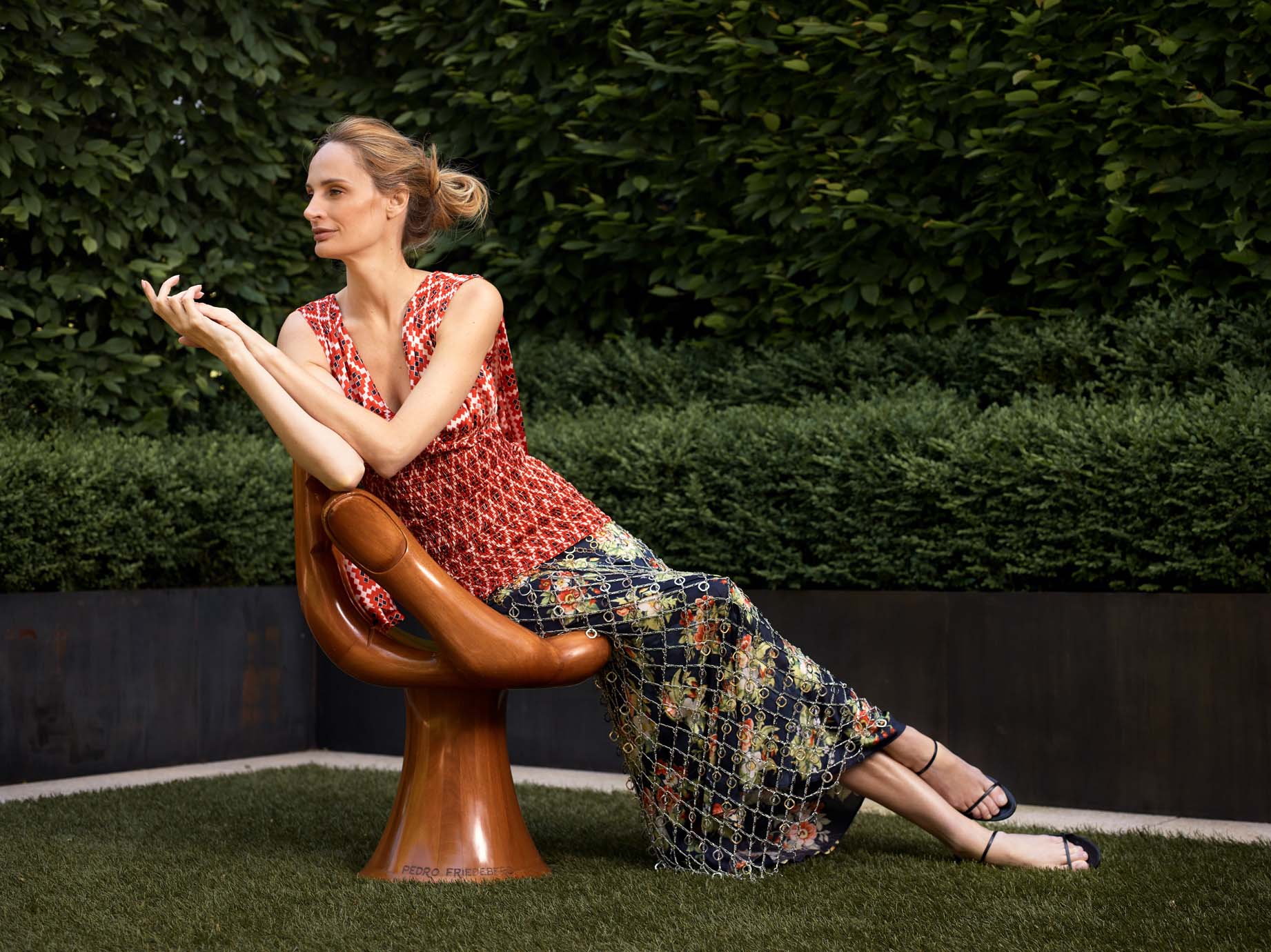
“A lot of people use ‘self-taught’ as a derogatory statement, which I think is so crazy,” says Lauren Santo Domingo, the co-founder of online luxury retailer Moda Operandi, and owner—with her husband, Colombian heir Andres Santo Domingo—of an art collection of envy-inducing breadth and beauty. “I taught myself business, I taught myself to be a mother, I taught myself about fashion,” says Santo Domingo. “I never understood how that’s supposed to be a put-down. Maybe it’s my New England spirit, but being called self-taught is the ultimate compliment. It’s grit and independence.”
Santo Domingo was raised in Greenwich, Connecticut, the daughter of a businessman (her father was the US C.E.O. of Perrier, and built brands including Poland Spring) and a stay-at-home mother who later in life became an amateur artist. Although her career has been in fashion—before cofounding Moda Operandi in 2010, she was an associate market editor at American Vogue, and a vice president of communications for Carolina Herrera—Santo Domingo and her husband have long had an interest in art. Andres is on the board of the New York City arts venue The Shed, and Lauren is a regular at art fairs and auction previews. Longtime friend of the couple Hugo Nathan, of the art advisory firm Beaumont Nathan, says Santo Domingo has a “natural feel for things of the highest quality.”
“First of all, her taste is eclectic,” says Nathan, who has occasionally acted in a professional capacity for the couple. “She is interested in drawings, paintings, sculpture, design, furniture; she likes contemporary things, she sometimes gravitates to Old Masters and antiquities. She is incredibly decisive and knows what she likes, and I have to say, she is one of those people who naturally has a very good eye.” Though her collection is of a different scale, he compares her eye to that of the late Yves Saint Laurent. “She mixes things by younger artists with things by incredibly famous older artists, with things that look like they belong in a museum, but when they’re in her home, they feel just right,” he says.
“I also appreciate technical ability, maybe because I have none,” she says, wryly. “I can’t draw, I can’t paint, I can’t sculpt, I can’t sew. If I visit a contemporary artist in their studio and see sketches on their table—someone like Dan Colen, for example; I know that he is an incredibly talented draftsman—that’s something I value. It’s the same thing with a dress. There are designers who are great at draping, but they don’t have any sense of construction of a garment. And I can see that. I think I have that same requirement, or sensitivity, when it comes to an artist. There has to be something behind it.”

Santo Domingo counts younger artists like Colen, Nate Lowman, Damian Loeb, and Olympia Scarry among those she considers friends, as well as more established New York figures like Jeff Koons, Tom Sachs, and Richard Prince—“they’re friends with everybody,” she laughs.
Though Santo Domingo did not study art history in college, she’s learned about art from her immersion in it: museums, fairs, “and asking a lot of questions.” One early cultural experience that left a deep impression was visiting Venice for the first time, at around age 12, and arriving at Saint Mark’s Square. “It was the ’80s. I remember I had my Walkman, I had Guns N’ Roses on, I had my Invicta backpack, and I felt really cool. And I’m from one of the older towns in the US, but there’s nothing still standing in Greenwich that dates back past maybe the 1750s. In Venice, I was jarred. It was awesome, in the true definition of the word.” It was an experience that was formative for how she looks at and approaches art. “I think that’s the moment that I’ve been chasing,” she says. “That feeling I had in Venice for the first time. Wanting to see something new, wanting to be amazed, wanting to experience something. I keep looking for that experience of seeing something for the first time, and really being moved.”
The Santo Domingo family travels to Italy every summer and is involved with Save Venice, which works to fund restoration and preservation of the city’s artistic and architectural treasures. Santo Domingo has organized the charity’s annual fundraiser ball for the last five years and often takes her children to visit restoration projects funded through the organization, and to the Biennale when it’s happening. “I look at everything,” she says.
And when her eye catches sight of something that isn’t right for her, but she feels might just work perfectly for someone else, she often gets so excited that she sends the find along. “I do like to place objects with other people,” she says. “There was this amazing Matisse fireplace mantel from the Rockefeller apartment—I sent it to everyone I knew who was in the middle of construction.” She sounds a little sad when she says she doesn’t know where it ended up.
“Whether it’s a Viennese hand-painted crystal tumbler, or an incredible Helen Frankenthaler canvas, I just really like beautiful things,” says Santo Domingo. As a collector, she feels there’s a spectrum between appreciation and ownership, and she falls somewhere in the middle. “Some things I feel like I really want to own, to collect, and some things I simply want to gaze at, and move on to the next thrill,” she says. “I accumulate things that I think will add value to my life, and that I will appreciate for the rest of my life. But I can also appreciate without ownership.”

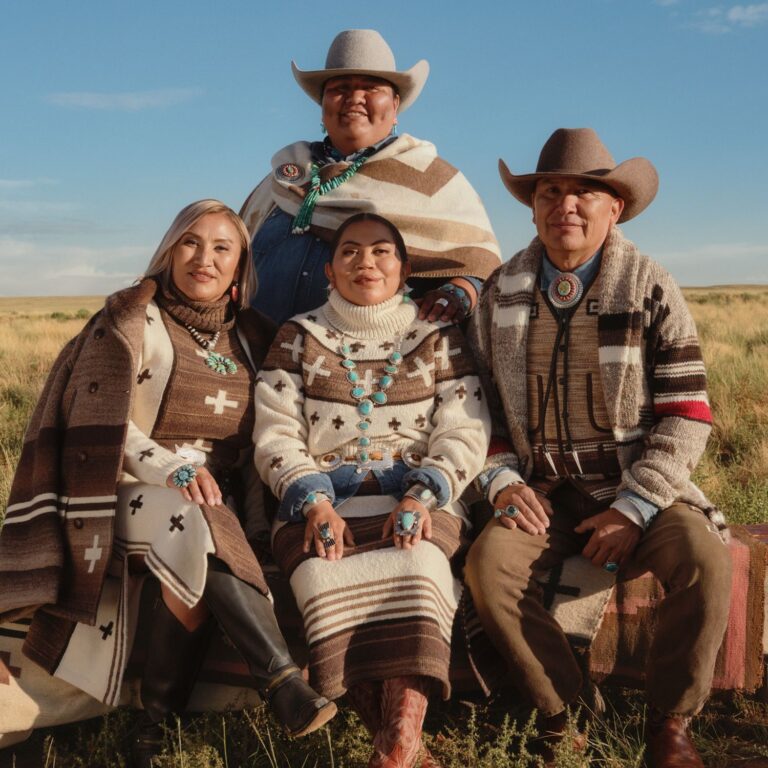
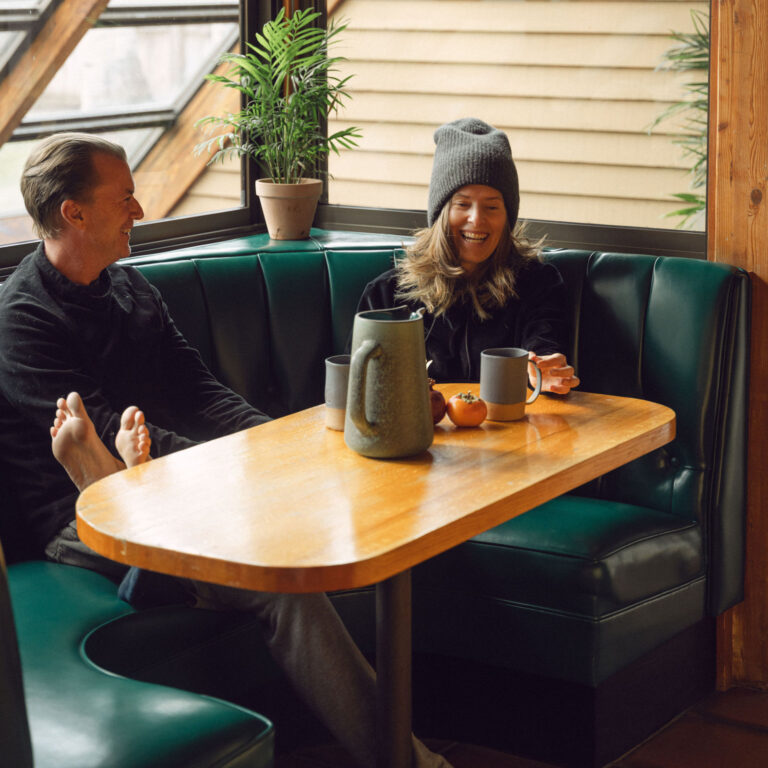
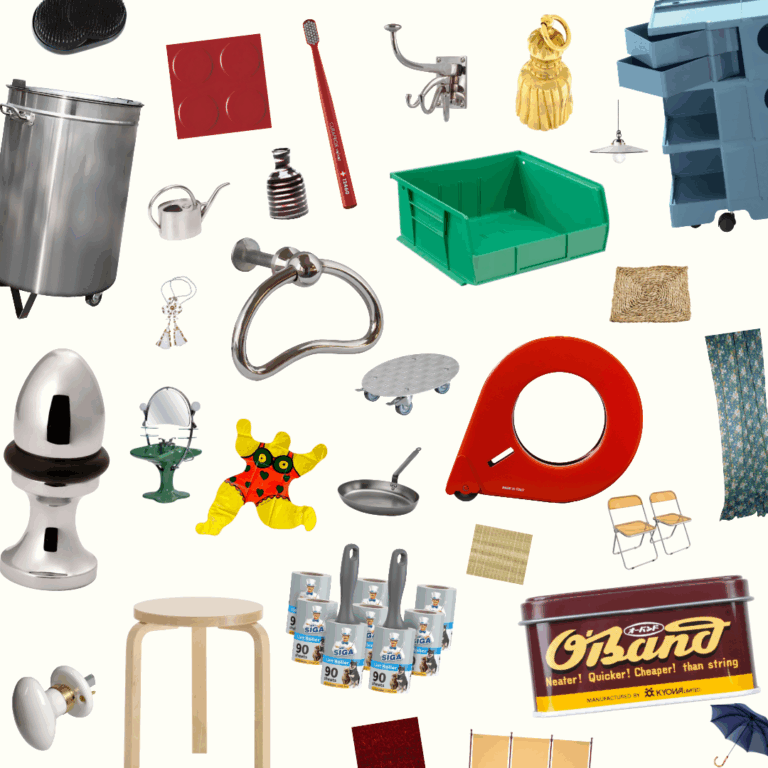
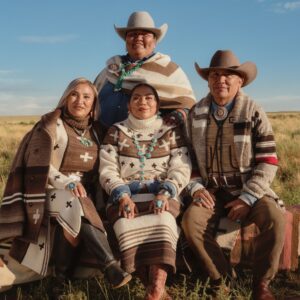





 in your life?
in your life?

